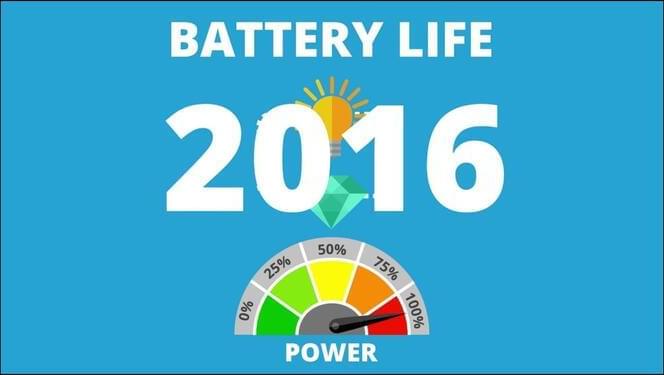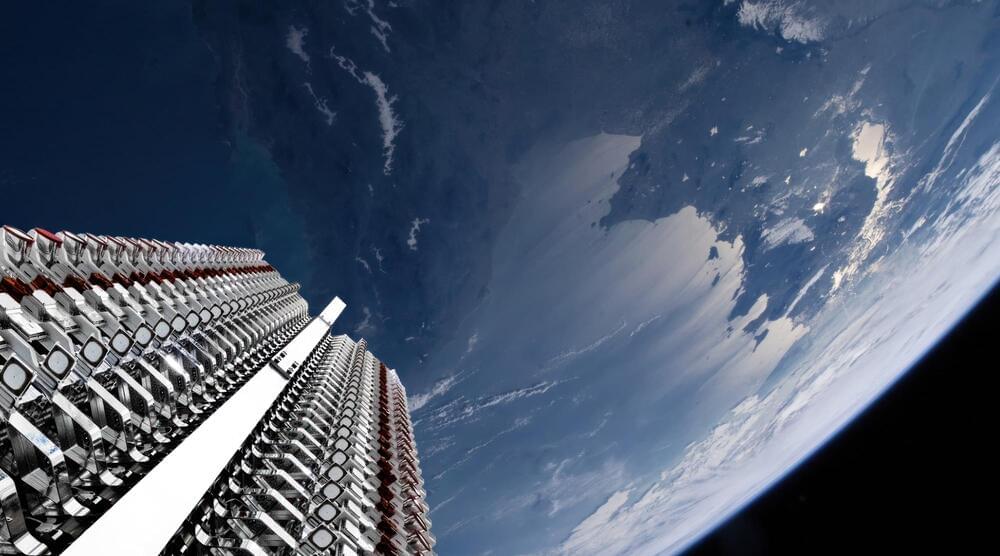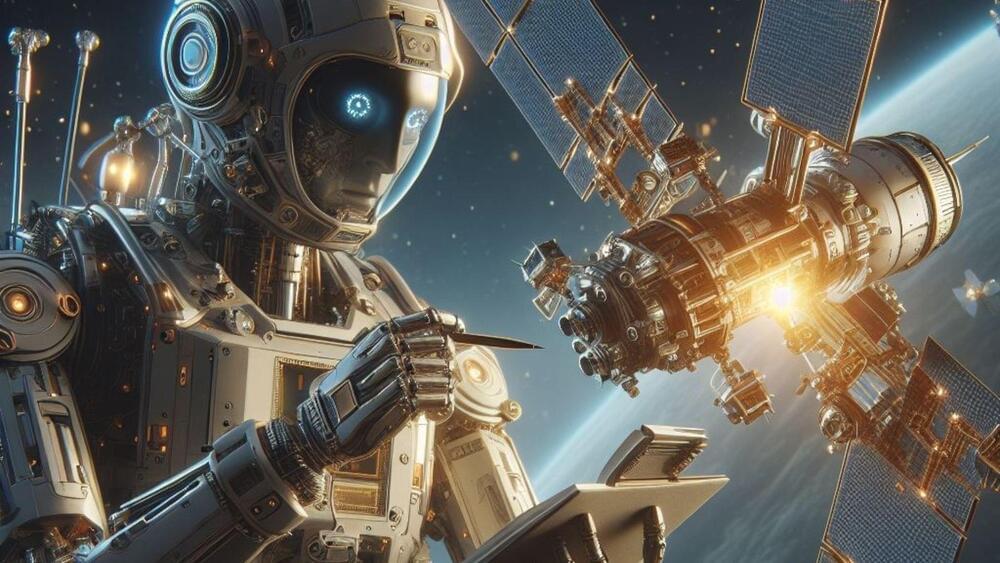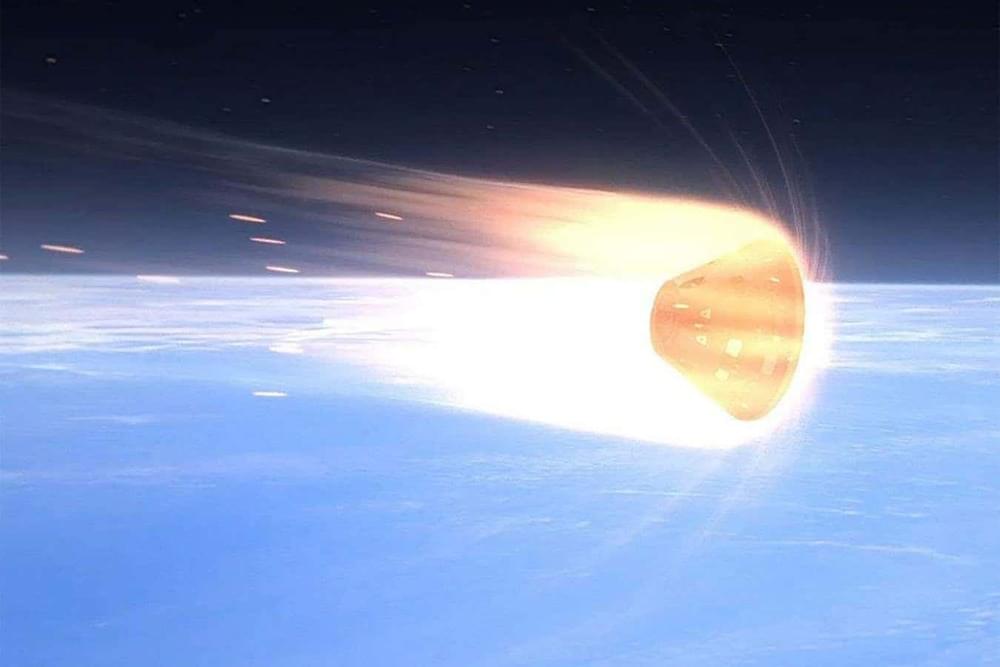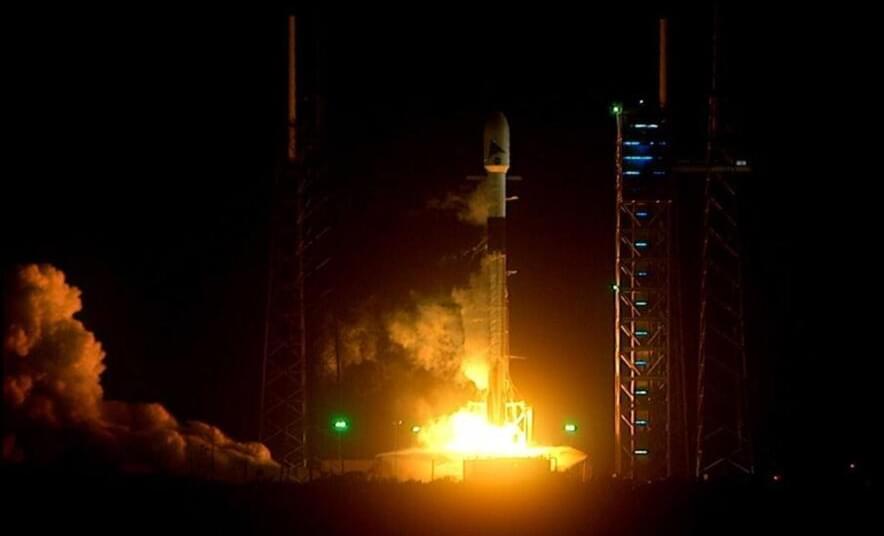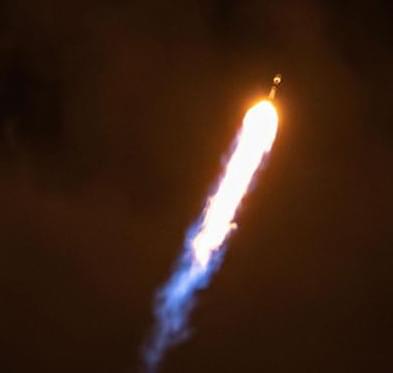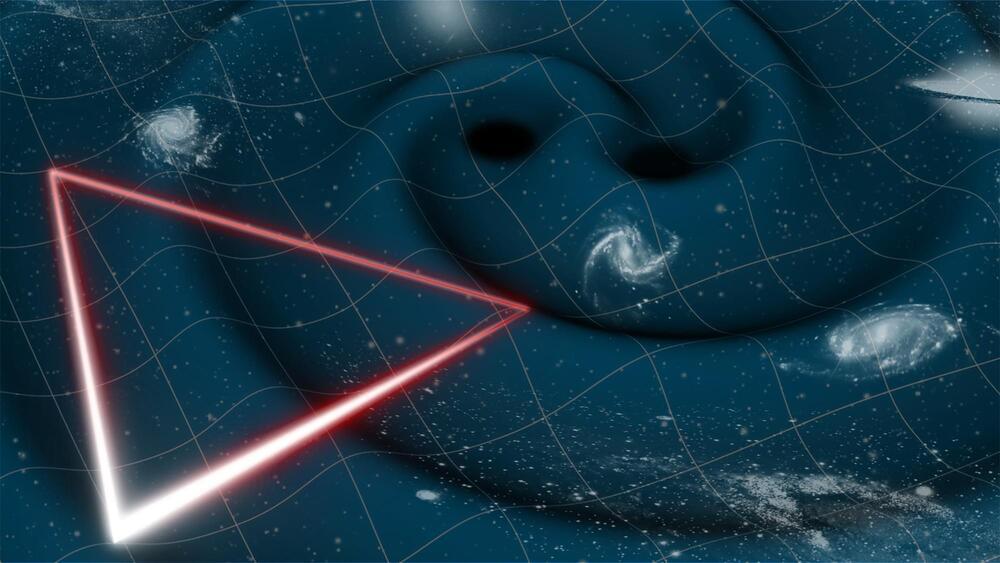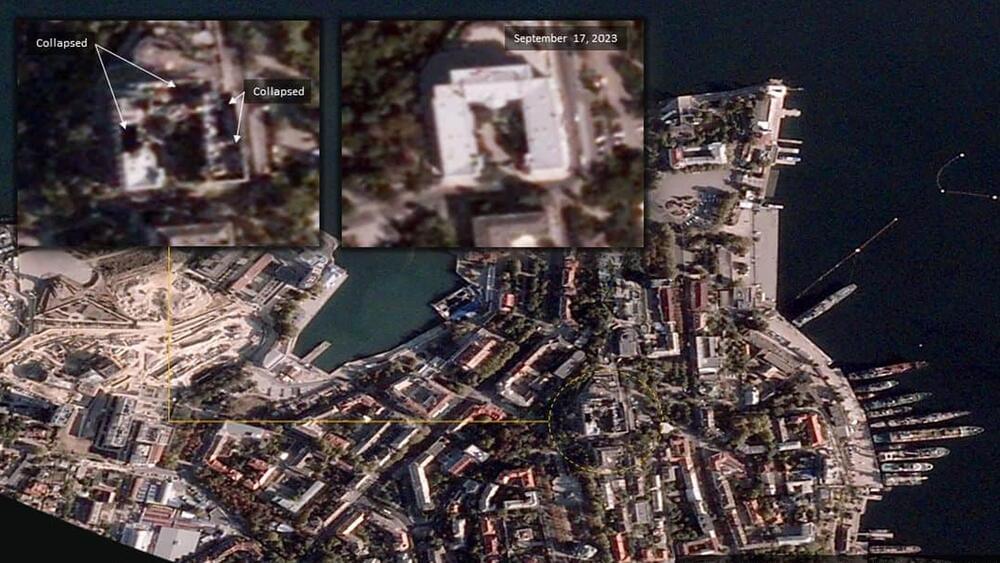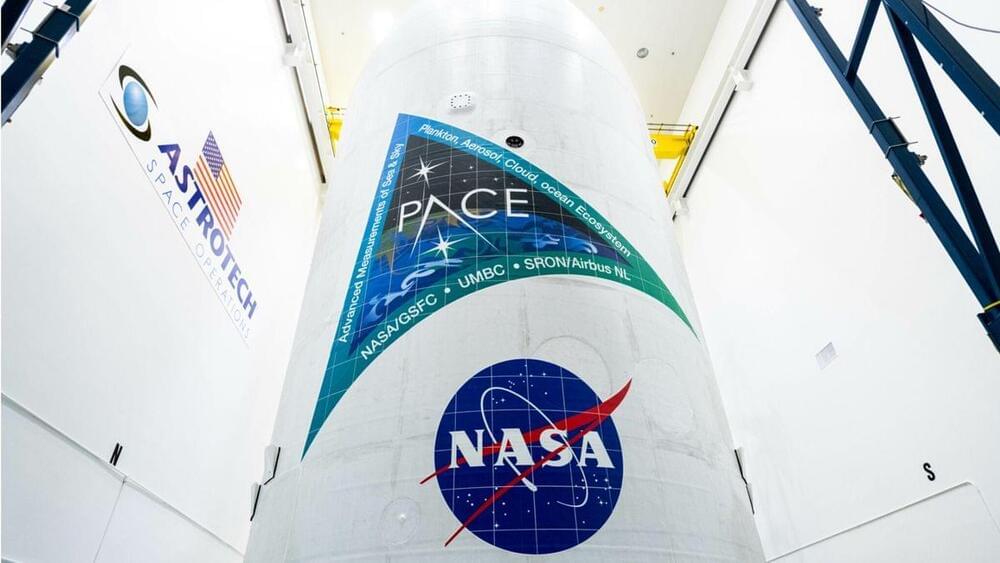Feb 14, 2024
Cabot Institute for the Environment
Posted by Omuterema Akhahenda in categories: biotech/medical, drones, satellites
The short lifespan of conventional batteries means they either cannot be used or have significant drawbacks in situations where it is not feasible to charge or replace them. For example, pacemakers, satellites, high-altitude drones or even spacecraft are low-power electrical devices where long life of the energy source is needed.
What we’re doing
